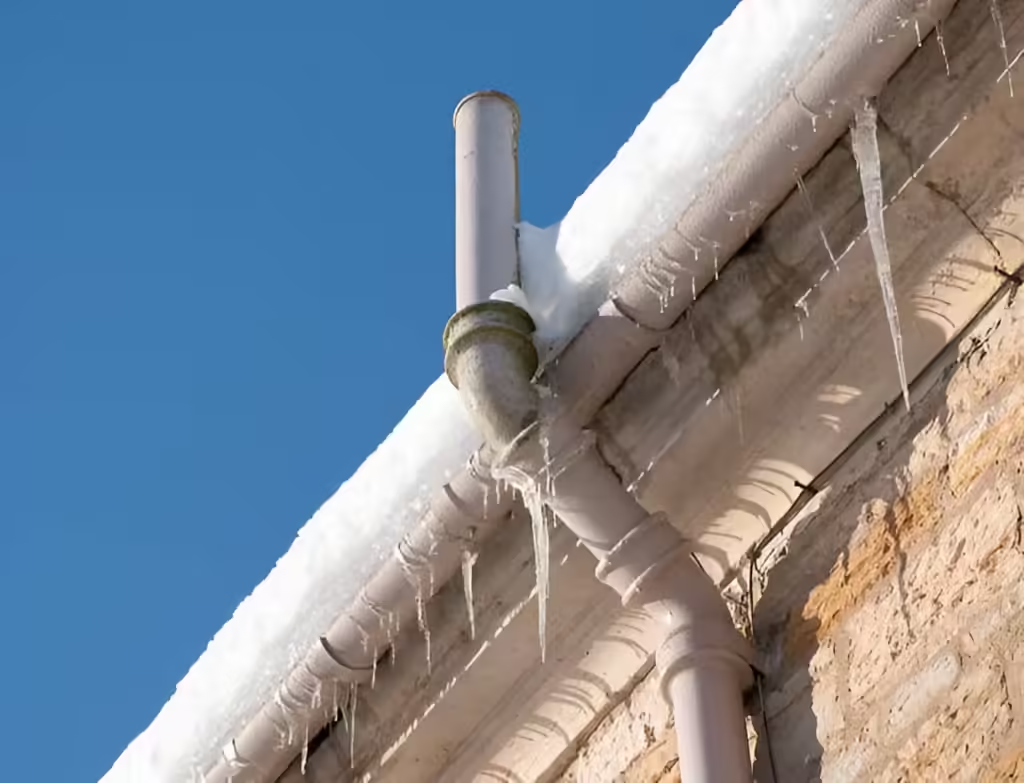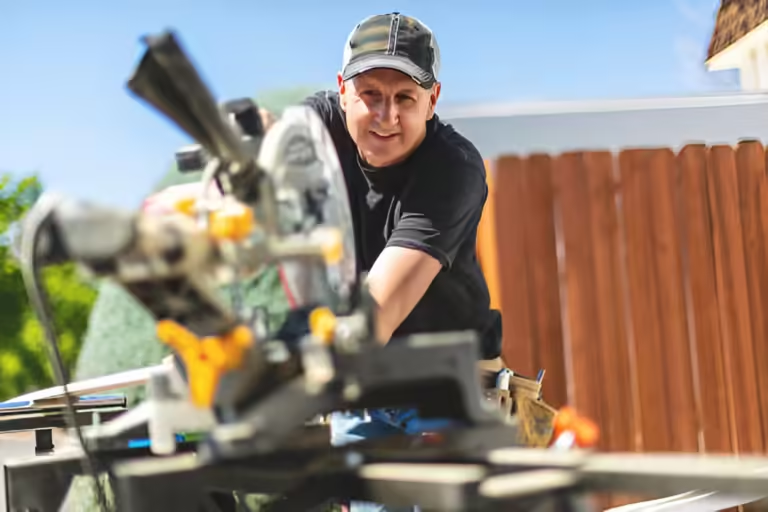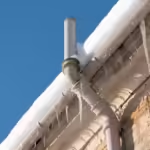As the chilly months approach, it’s crucial to start preparing your home for the cold. One of the biggest concerns for homeowners is preventing frozen pipes in winter. When temperatures drop below freezing, unprotected pipes can burst, leading to costly repairs and damage. Understanding how to prevent this from happening will help you safeguard your home from winter plumbing disasters.
Over a quarter of a million homes experience frozen pipes each winter. Not only are frozen pipes expensive to repair, but your home and contents may also be at risk of serious water damage. A single crack can release hundreds of gallons of water, disrupting your life in unimaginable ways. By taking preventive measures before the first frost, you can minimize this risk.
Why Frozen Pipes Are a Serious Issue
Frozen pipes can lead to ruptured plumbing, damaging walls, floors, and personal items. This problem is especially prevalent in regions with sub-zero temperatures and high wind chills. When water inside a pipe freezes, it expands, putting immense pressure on the pipe, which can then burst. The resulting leak can cause significant structural damage and disrupt your life.
To avoid these issues, it’s essential to prepare your pipes before the onset of winter. With a few simple steps, you can protect your home and ensure that your plumbing remains intact throughout the colder months.
Tips to Prevent Frozen Pipes in Winter
Locate Your Main Water Shut-off Valve
Knowing where the main shut-off valve is in your home is crucial. In the event that a pipe does freeze and burst, being able to quickly turn off the water can reduce the amount of damage caused. It’s a good idea to show everyone in your household where this valve is and how to use it.
Identify Vulnerable Pipes
Pipes located in crawl spaces, attics, basements, or exterior walls are most susceptible to freezing. Check these areas and identify any pipes that could be at risk. Once identified, you can take additional steps to insulate and protect them.
Insulate Pipes Properly
Insulation is your first line of defense in preventing frozen pipes. Use foam pipe insulation or heating tape to wrap exposed pipes. The thicker the insulation, the better protection it provides. Consider insulating areas around the pipes as well, such as walls and ceilings, to reduce the chance of freezing.
Seal Up Leaks and Drafts
Cold air entering your home through cracks or gaps can lead to frozen pipes. Inspect areas around electrical wiring, dryer vents, and plumbing pipes for leaks. Seal them using caulk or expandable foam insulation to prevent drafts from affecting your pipes.
Disconnect and Drain Garden Hoses
Before winter sets in, disconnect any garden hoses and drain water from outdoor faucets. If possible, shut off the valve that supplies these outdoor fixtures. This simple step can prevent the water in the pipes from freezing and cracking your outdoor plumbing.
Install Heat Cables
Thermostatically controlled heat cables can be a good investment for preventing frozen pipes in winter. These cables wrap around pipes and automatically heat them when the temperature drops. Make sure to use only those approved by Underwriters Laboratories (UL) for safety.
Leave Faucets Dripping
In extremely cold weather, leaving a trickle of hot and cold water running in one or more faucets can keep water moving through the pipes, reducing the risk of freezing. This technique is especially useful for sinks and faucets on exterior walls.
Keep Cabinet Doors Open
When it’s especially cold, keep the cabinet doors under sinks open to allow warm air to circulate around the pipes. This is particularly important for plumbing located against exterior walls.
Maintain a Consistent Temperature
Set your thermostat to at least 55°F (13°C) even if you’re leaving home for an extended period. Maintaining a steady temperature helps prevent sudden drops that can cause pipes to freeze.
Consider Professional Assistance
If you’re unsure how to prepare your pipes or if you’ve experienced frozen pipes in the past, consider hiring a plumber to inspect and reinforce your plumbing. Professional assistance can give you peace of mind and ensure that every vulnerable spot is addressed.
What to Do If a Pipe Freezes
If you suspect that a pipe has frozen, take immediate action. Turn off the main water supply and call a plumber. Never try to thaw the pipe with an open flame, as this could damage the pipe or cause a fire. Instead, use a hair dryer or a space heater to gradually warm the pipe. Start from the end nearest to the faucet and work your way back.
Final Thoughts
Preventing frozen pipes in winter is crucial for safeguarding your home from significant water damage and costly repairs. By implementing the strategies outlined above, you can minimize the risk of pipe freezing and ensure your plumbing system remains in good condition throughout the colder months.
For additional resources on winter preparedness, check out the National Weather Service for comprehensive weather safety tips. If you’re considering hiring a professional to help with insulation or plumbing issues, the American Society of Plumbing Engineers (ASPE) provides valuable information on finding qualified plumbers in your area.
To further enhance your home’s winter resilience, explore our articles on Energy-Efficient Home Upgrades That Pay for Themselves and Affordable Home Repair and Improvement Ideas for Housing Upgrades. Additionally, consider reading our piece on The Ultimate Guide to DIY Home Renovations: How to Succeed, which offers insights into creating a safe and comfortable environment during the colder months.








